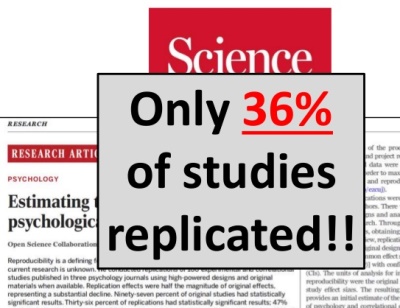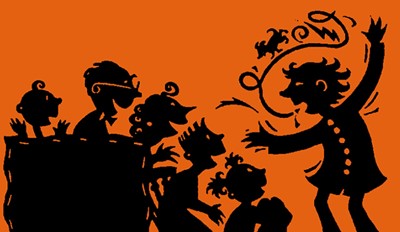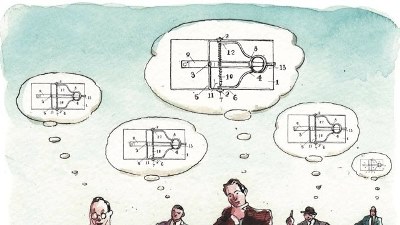In this interesting post ‘The Ingredients for Making Something that Lasts’, I noted an important statement: “We forget that there’s physical work involved in knowledge work, too. That we learn with our whole bodies and not just with the head. And it works both ways.”

The prime mover is work, and work involved our entire being, not just our head or our body. It is important to remember because this needs to influence many aspects of our activities, be they mostly intellectual or physical.
The way we feel or behave physically will influence our creativity and intellectual production. The way we feel mentally will heavily influence our physical performance. As humans both dimensions are intertwined, something we need to grow to respect and build upon.
Physical work and knowledge work are intertwined and indisociable. Let’s remember this in everything we do.











